1939
AUGUST 15JUDY GARLAND TRIUMPHS IN THE WIZARD OF OZ . Sixteen-year-old Garland had been featured in six films before she played Dorothy in The Wizard of Oz , but the singer-actress didnt become a full-fledged screen star until this 1939 film classic. MGM gave her prominent billing in this poster, one of three that were designed for the first release of the movie. Paramount Pictures / Photofest Paramount Pictures
1939
Hollywoods greatest Year
Thomas S. Hischak
Rowman & Littlefield
Lanham Boulder New York London
Published by Rowman & Littlefield
A wholly owned subsidiary of The Rowman & Littlefield Publishing Group, Inc.
4501 Forbes Boulevard, Suite 200, Lanham, Maryland 20706
www.rowman.com
Unit A, Whitacre Mews, 26-34 Stannary Street, London SE11 4AB
Copyright 2017 by Rowman & Littlefield
All rights reserved. No part of this book may be reproduced in any form or by any electronic or mechanical means, including information storage and retrieval systems, without written permission from the publisher, except by a reviewer who may quote passages in a review.
British Library Cataloguing in Publication Information Available
Library of Congress Cataloging-in-Publication Data
Names: Hischak, Thomas S. author.
Title: 1939 : Hollywoods greatest year / Thomas S. Hischak.
Other titles: Nineteen thirty-nine
Description: Lanham : Rowman & Littlefield, 2017. | Includes bibliographical references and index.
Identifiers: LCCN 2016048453 (print) | LCCN 2017007081 (ebook) | ISBN 9781442278042 (hardback : alk. paper) | ISBN 9781442278059 (electronic)
Subjects: LCSH: Motion picturesUnited StatesHistory20th century.
Classification: LCC PN1993.5.U6 H545 2017 (print) | LCC PN1993.5.U6 (ebook) | DDC 791.4309730904dc23
LC record available at https://lccn.loc.gov/2016048453
 The paper used in this publication meets the minimum requirements of American National Standard for Information SciencesPermanence of Paper for Printed Library Materials, ANSI/NISO Z39.48-1992.
The paper used in this publication meets the minimum requirements of American National Standard for Information SciencesPermanence of Paper for Printed Library Materials, ANSI/NISO Z39.48-1992.
Printed in the United States of America
For Bob Spitzer

Contents

Acknowledgments
I wish to thank Dr. Robert Spitzer, chair of the Political Science Department at the State University of New York College at Cortland for his careful reading of the manuscript and his corrections and comments on historical information. Thank you also to Cathy Hischak for her proofreading of the manuscript. At Rowman & Littlefield, I wish to acknowledge the fine work by my editor, Stephen Ryan, and managing editor, Jessica McCleary.

Introduction
A Chronicle of a Remarkable Year
D uring the year 1939, Hollywood released 510 feature-length movies. This is an impressive number even during the Depression when moviegoing was very high. But what is much more impressive is what is on that list of 510 films. It includes dozens of Hollywood classics in all genres, including westerns ( Stagecoach and Destry Rides Again ), musicals ( Babes in Arms and The Wizard of Oz ), crime dramas ( The Roaring Twenties and Each Dawn I Die ), historic adventures ( Gunga Din and Drums along the Mohawk ), biographies ( The Story of Alexander Graham Bell and Young Mr. Lincoln ), horror thrillers ( Son of Frankenstein and The Hound of the Baskervilles ), literary adaptations ( The Hunchback of Notre Dame and Goodbye Mr. Chips ), comedies ( The Women and Ninotchka ), great romances ( Intermezzo and Wuthering Heights ), vibrant action films ( Beau Geste and Union Pacific ), taut dramas ( Golden Boy and Of Mice and Men ), juvenile vehicles ( The Little Princess and The Adventures of Huckleberry Finn ), patriotic stories ( Nurse Edith Cavell and Mr. Smith Goes to Washington ), weepy melodramas ( Dark Victory and Made for Each Other ), spectacular epics ( The Rains Came and Gone with the Wind ), and popular series featuring Andy Hardy, Blondie, the Cisco Kid, Dr. Kildare, Henry Aldrich, Charlie Chan, Buck Rogers, Mr. Moto, Nancy Drew, Dr. Christian, the Saint, and the Thin Man. If ever a Golden Age could be compressed into a single year, 1939 was that year.
The reasons for such an abundance of riches have been proposed by many film historians. The explanations range from the waning of the Depression, the maturity of the studio system, and the political climate both in the United States and around the world, to the success of some of FDRs relief programs and the presence of so many talented film artists at the peak of their powers. Yet none of these explanations are fully satisfying and 1939 remains a mysterious and wonderful phenomenon in which America turned out so many great films. Mark A. Vieira, in his 2013 book Majestic Hollywood: The Greatest Films of 1939 , looks at fifty movies. The fact that fifty films from one year can be labeled great says something about the quality product Hollywood turned out that year. But what of the other 460 feature films that were released in 1939? They include popular comedies and melodramas that have not stood the test of time, many B westerns that had no trouble finding an audience, and dozens of first-rate movies that are still commendable even if they are not included with the four-star features. To understand the Hollywood and the moviegoing public of 1939, one must consider all of these films as well. Just as importantly, one needs to know what was going on in the United States and around the world to understand the context in which these movies were viewed.
This book is a chronology of 1939 that attempts to look at the movies and the world in which they were released. (All premieres took place in Southern California unless otherwise noted.) It includes descriptions and commentary on all 510 feature films as well as notable shorts, cartoons, and foreign films. Major news events (national and international) are described, as well as minor curiosities or news items that would prove to be more important in the future. The activities on Broadway, on radio, and in the music business, literature, and other arts are included, as well as noteworthy sporting events. The goal is to create a picture of 1939 that emphasizes Hollywood movies without viewing them in a vacuum. Only then can one understand the full impact an Andy Hardy movie or Mr. Smith Goes to Washington had on the moviegoing public in 1939. With war clouds gathering across Europe and Americans confused and anxious about how it will affect them, escapist works like The Wizard of Oz and The Little Princess start to make more sense. The Depression had been a way of life for a decade, and the publics weariness and frustration resulted in such different films as The Women and Drums along the Mohawk . And what of the biggest hit of the year, Gone with the Wind ? Such a superb movie would have been a success in any year (as proven by its continued popularity) but when that film was released in December of 1939, war had begun in Europe and no one watching Gone with the Wind in America could be unaware that the near future promised events as harrowing as those on the screen.
Perhaps an acceptable reason for 1939 being a banner year for Hollywood is that it was a watershed year for the history of the twentieth century. Great art has often come from times of strife and chaos. Yet Hollywood did not provide nearly as many great films during the war years as it did during 1939. So the mystery remains. Luckily, so do most of the films. The year 1939 is long past, but just about all of those 510 movies survive, and many of them continue to astonish us with their Hollywood magic.
Next page
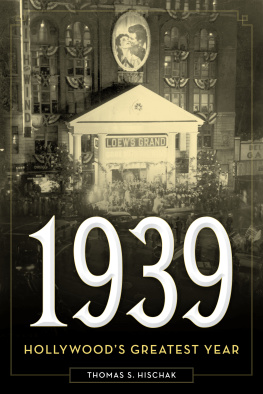
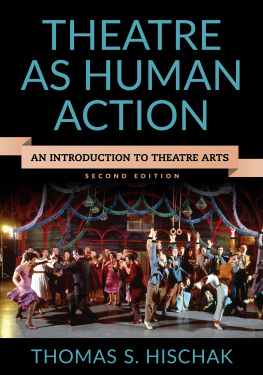
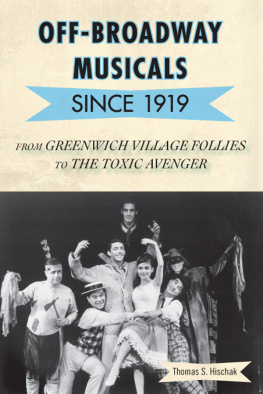
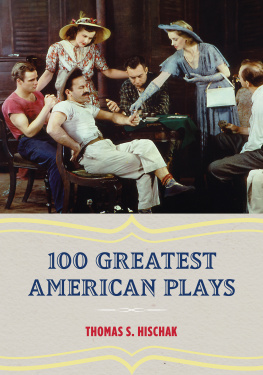

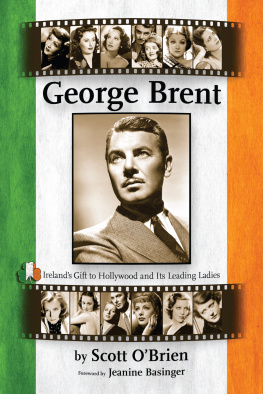

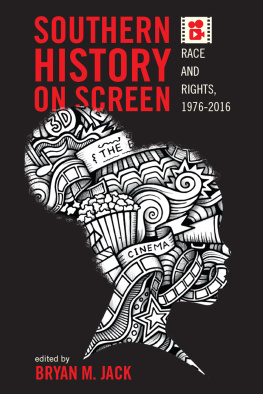
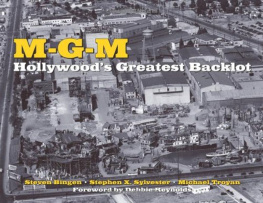
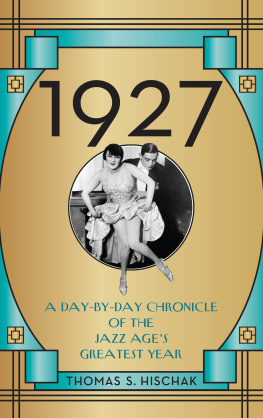
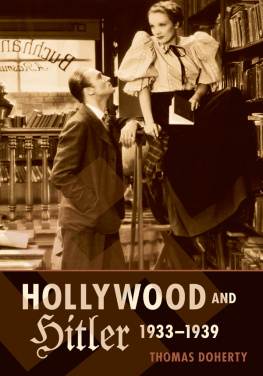

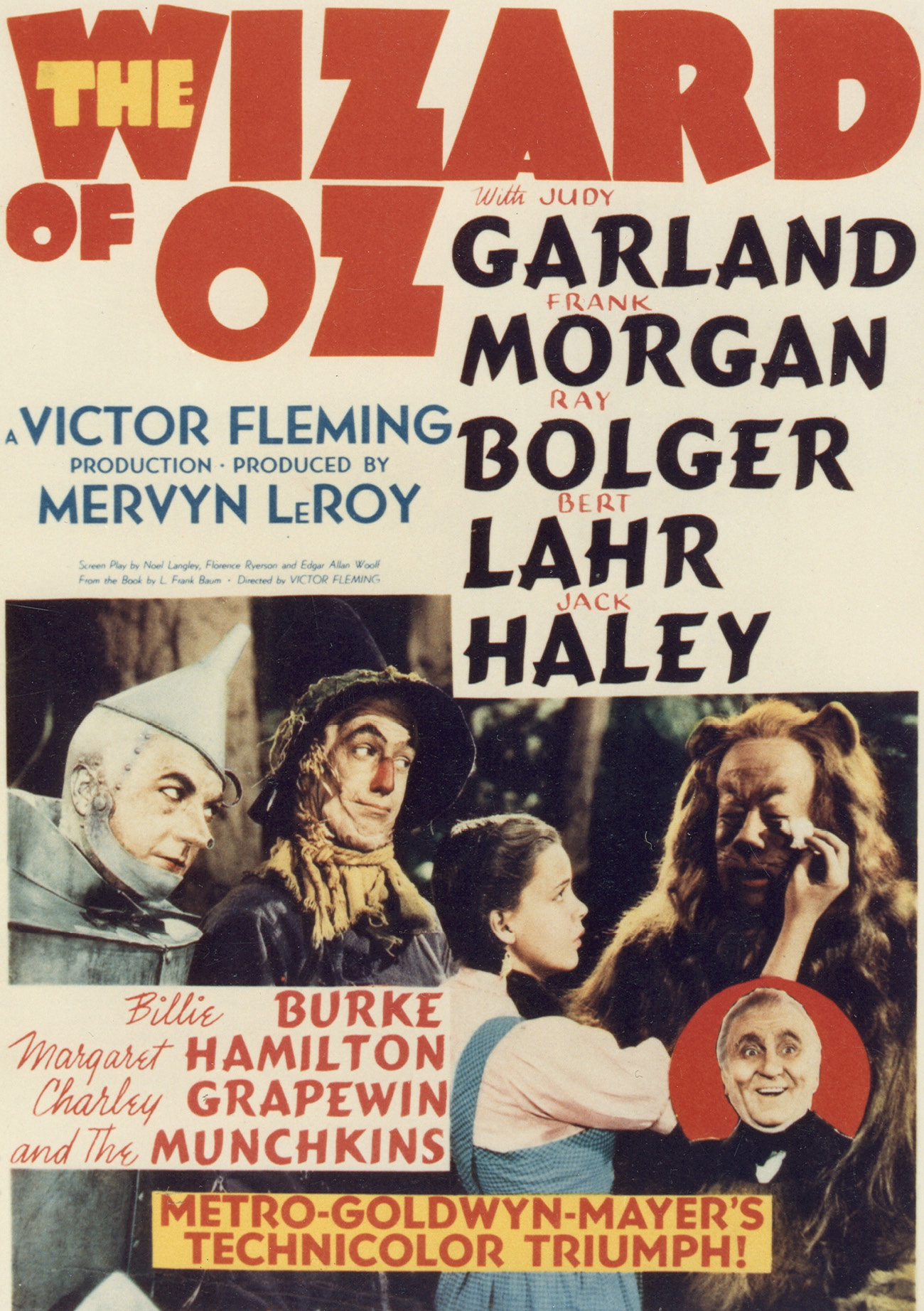
 The paper used in this publication meets the minimum requirements of American National Standard for Information SciencesPermanence of Paper for Printed Library Materials, ANSI/NISO Z39.48-1992.
The paper used in this publication meets the minimum requirements of American National Standard for Information SciencesPermanence of Paper for Printed Library Materials, ANSI/NISO Z39.48-1992.
